Know your Soil: The Six Types of Soil
There are six main soil groups: clay, sandy, silty, peaty, chalky and loamy. They each have different properties and it is important to know these to make the best choices and get the most from your garden.
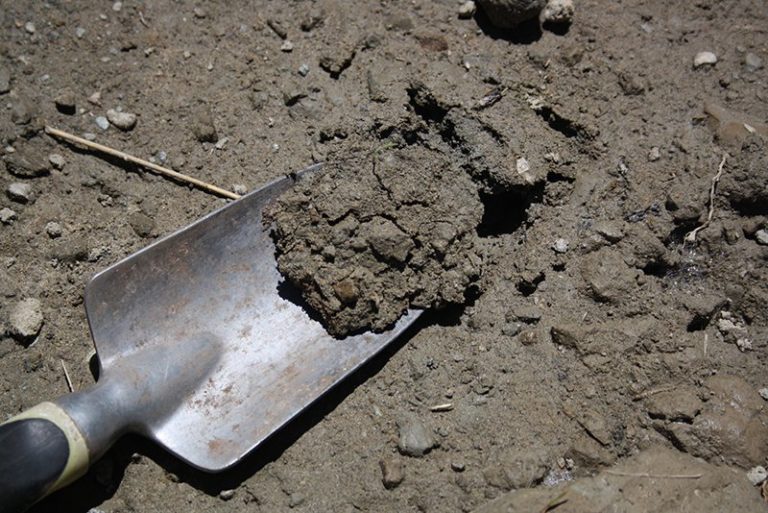 SILTY SOIL
SILTY SOIL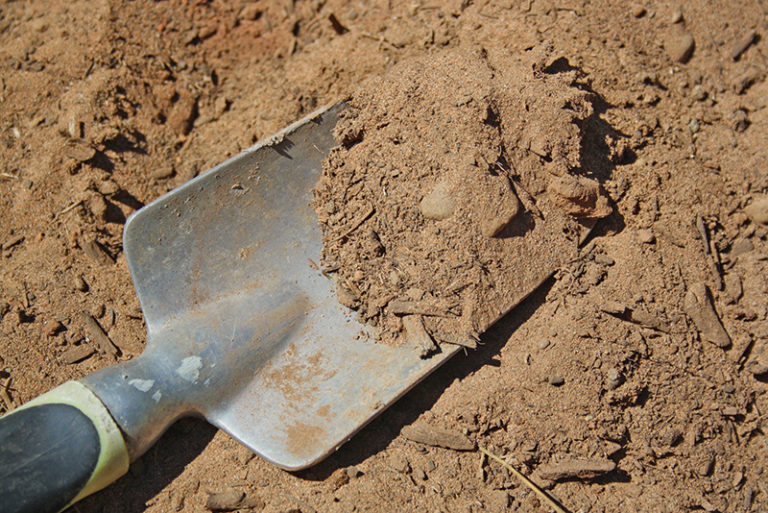 SANDY SOIL
SANDY SOIL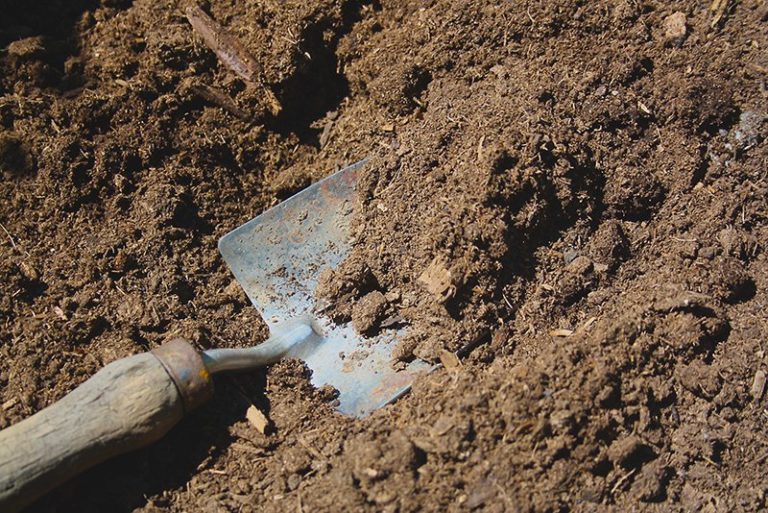 PEATY SOIL
PEATY SOIL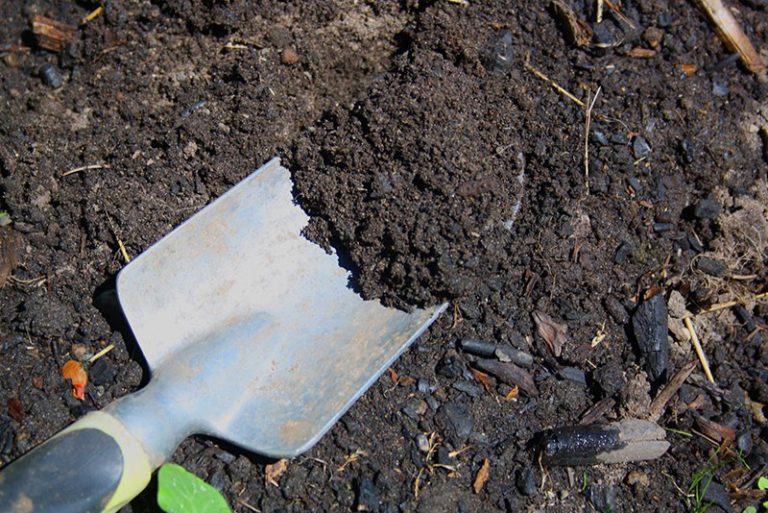 LOAMY SOIL
LOAMY SOIL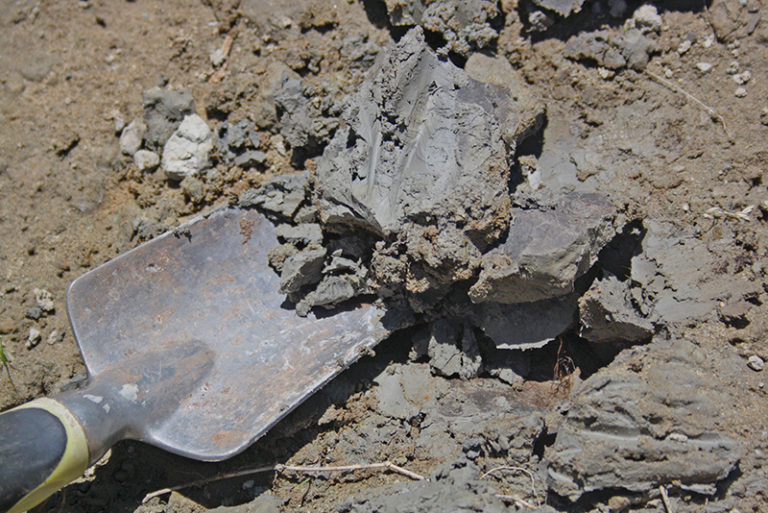 CLAY SOIL
CLAY SOIL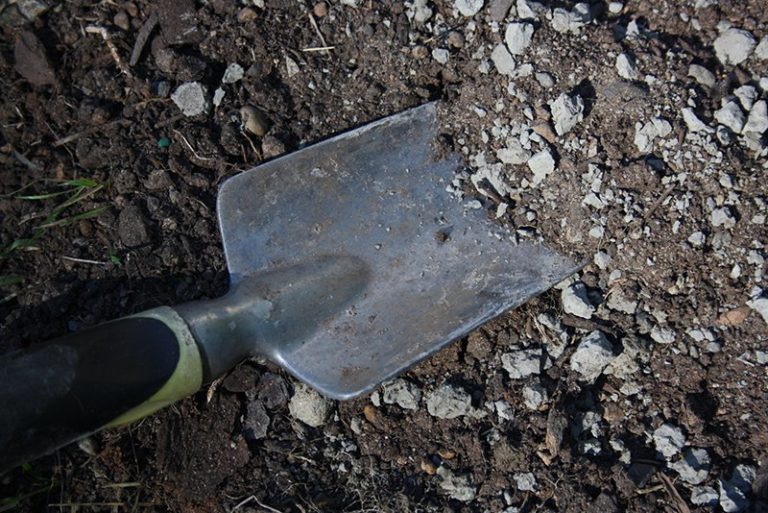 CHALKY SOIL
CHALKY SOIL- Clay Soil feels lumpy and is sticky when wet and rock hard when dry. Clay soil is poor at draining and has few air spaces. The soil will warm up slowly in spring and it is heavy to cultivate. If the drainage for the soil is enhanced, then plants will develop and grow well as clay soil can be rich in nutrients.
- Sandy soil feels gritty. It drains easily, dries out fast and is easy to cultivate. Sandy soil warms up fast in spring and tends to hold fewer nutrients as these are often washed away during wetter spells. Sandy soil requires organic amendments such as glacial rock dust, greensand, kelp meal, or other organic fertiliser blends. It also benefits from mulching to help retain moisture. (its preferred soil for vegetables like Tomato, Tulips, Tree mallow, Sun roses, Hibiscus, carrots, parsnips, potatoes, Lettuce, strawberries, peppers, corn, squash, zucchini and collard greens)
- Silty soil feels soft and soapy, it holds moisture, is usually very rich in nutrients. The soil is easily cultivated and can be compacted with little effort. This is a great soil for your garden if drainage is provided and managed. Mixing in composted organic matter is usually needed to improve drainage and structure while adding nutrients.
- Peaty soil is a darker soil and feels damp and spongy due to its higher levels of peat. It is an acidic soil which slows down decomposition and leads to the soil having fewer nutrients. The soil heats up quickly during spring and can retain a lot of water which usually requires drainage. Drainage channels may need to be dug for soils with high peat content. Peat soil is great for growth when blended with rich organic matter, compost and lime to reduce the acidity. You can also use soil amendments such as glacial rock dust to raise pH in acidic soils.
- Chalky soil is larger grained and generally stonier compared to other soils. It is free draining and usually overlays chalk or limestone bedrock. The soil is alkaline in nature which sometimes leads to stunted growth and yellowish leaves – this can be resolved by using appropriate fertilizers and balancing the pH. Adding humus is recommended to improve water retention and workability.
- Loamy soil is a relatively even mix of sand, silt and clay, feels fine-textured and slightly damp. It has ideal characteristics for gardening, lawns and shrubs. Loamy soil has great structure, adequate drainage, is moisture retaining, full of nutrients, easily cultivated and it warms up quickly in spring, but doesn’t dry out quickly in summer. Loamy soils require replenishing with organic matter regularly, and tend to be acidic (its great for Climbers. bamboos, perennials, shrubs and tubers such as Wisteria, Dog’s-tooth violets, Black Bamboo, Rubus, Delphinium. Most vegetable crops and berry crops will do well since loamy soil can be the most productive of soil types. However, loamy soil requires careful management to prevent depletion and drying out. Rotating crops, planting green manure crops, using mulches and adding compost and organic nutrients is essential to retain soil vitality.)
